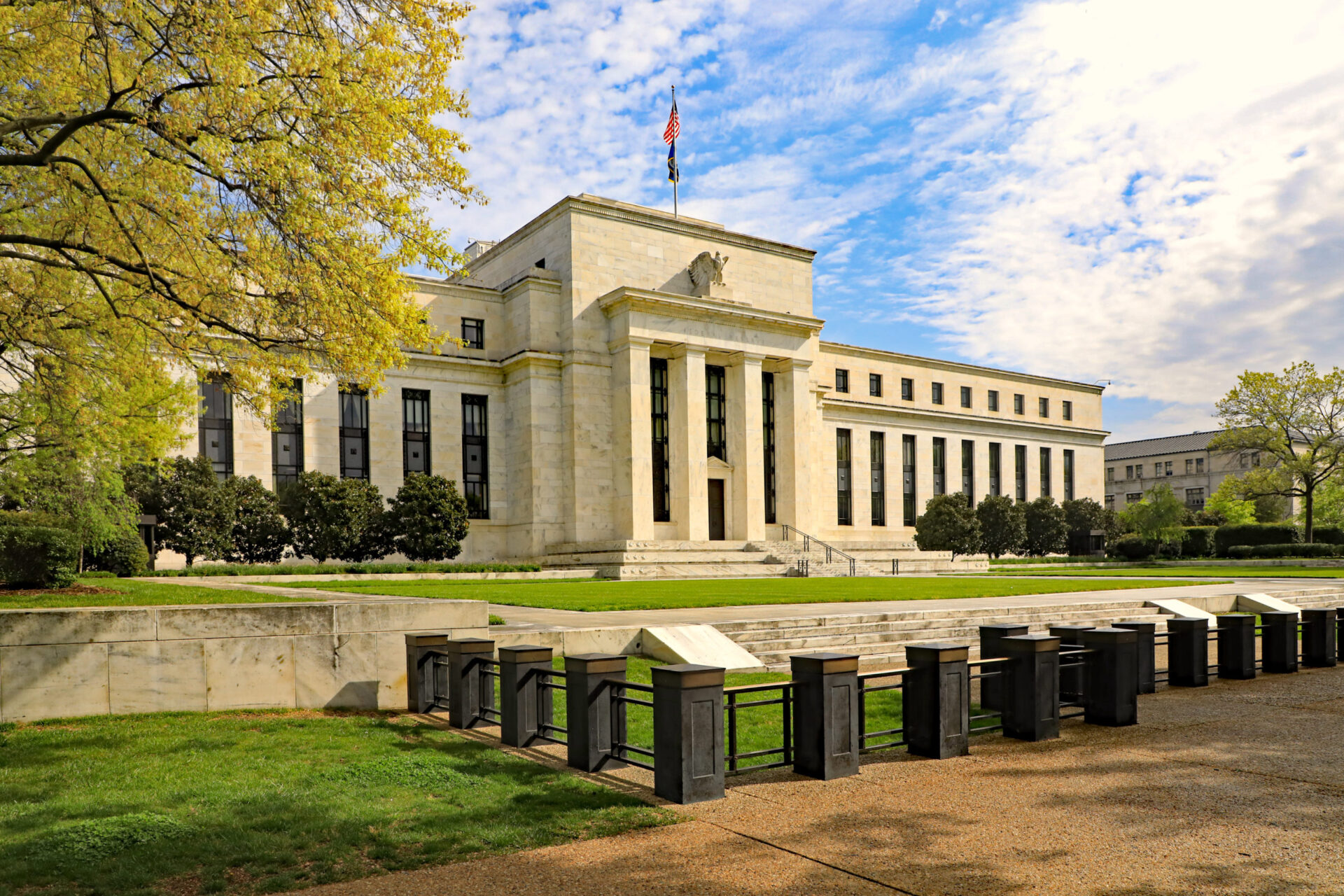By CHUCK GREEN
The housing market has been slowing down due to interest rate hikes, but that likely won’t stop officials from pushing further in their fight against inflation. And average American homebuyers and sellers will be affected by their decisions as affordability continues to be a concern nationwide.
Last week, the Federal Reserve Board voted to hold interest rates steady at their monthly policy meeting, keeping the federal funds rate target range between 5.25% and 5.5%.
Chairman Jerome Powell said in his remarks that despite the pause, “We are prepared to raise rates further if appropriate, and we intend to hold policy at a restrictive level until we are confident that inflation is moving down sustainably toward our objective.”
Powell said that the median projection for total Personal Consumption Expenditures inflation in the Summary of Economic Projections is 3.3% by the end of this year, 2.5% in 2024, and shouldn’t reach their goal of 2% until 2026.
As a result, analysts expect one more rate hike by the Feds this year, and economists say that mortgage rates could hit 8% before long, further driving affordability down for those homebuyers who most need a break.
Clare Losey, housing economist at the Austin Board of Realtors in Texas, said the 11 rate hikes by the Federal Reserve over the past year and a half are the reason for upward pressure on mortgage rates.
“Any increase in the mortgage rate diminishes a potential buyer’s purchasing power. Without a commensurate decline in home prices, a rise in rates will moderate sales activity — and that’s what we’ve observed in the housing market,” Losey told The Mortgage Note.
Jessica Lautz, deputy chief economist and vice president of research at the National Association of Realtors, said that the rate hikes have already priced homebuyers, especially first-time and minority buyers, out of the market.
“Compared to one year ago, the typical home is $259 more per month. This added cost can change not only the ability to purchase, but the availability of homes and the location and condition one can purchase,” Lautz said.
Lautz said raising the federal funds rate is the mechanism used to tame inflation when it is going up. The Fed’s data shows inflation is declining.
“[T]he most recent hikes have not been needed,” Lautz said.
According to the National Association of Realtors, in July, the sales of existing homes dropped 2.2% to a seasonally adjusted rate of 4.07 million. From a year ago, sales went south 16.6%. The stockpile of existing homes that remained unsold jumped 3.7% from the month before to 1.1 million.
Gregory Heym, chief economist at Brown Harris Stevens, agreed that surging mortgage rates – combined with low inventory – has affected the housing market throughout the country.
“The biggest effect has been a steep decline in sales. The sharp increase in mortgage rates came at a time when inventory was already very low in many parts of the country,” Heym said. “Higher rates are also preventing many homeowners from listing their homes and trading up or down; they don’t want to replace a rate of 3% with one at 7%.”
Heym thinks the Federal Reserve should have acted sooner rather than later to avoid putting buyers and sellers in this position.
“The Fed could have started to hike rates sooner than March of last year. Inflation began to rise sharply in the second quarter of 2021, so it was well out of control by the time the Fed began to act,” Heym said.
Should the Federal Reserve have reacted differently?
Matthew Gardner, chief economist for Windermere Real Estate, told The Mortgage Note that is a tough call to make.
“Interesting question, (given) the Fed was put into a situation that they had never encountered before and there was no ‘playbook’ to work from,” Gardner said.
At the onset of the pandemic, “they wanted to support the economy and the housing market, which they did by reducing interest rates and, to support housing, they purchased a significant quantity of mortgage-backed securities and 10-year treasuries — to the tune of something like $2.4 trillion.”
Since they weren’t interested in making a large return on these purchases, they accepted low yields, which allowed mortgage rates to fall to levels that had never been seen before – and likely will never be seen again, Gardner said.
“I really don’t know what they could have done differently, other than to have understood that their actions had essentially frozen the ownership market,” he told The Mortgage Note.
Gardner anticipates that the Feds will not lower the federal funds rate until next year. And even then, they won’t return to pandemic levels.
“Nobody should expect to see home financing costs fall to the historically low levels that were seen in late 2020 and early 2021. That was an aberration that’s likely never to be seen again,” Gardner said.
The next FOMC meeting convenes on Oct. 31, with the Fed’s latest ruling on monetary policy due out the next day.
Writer Patrick Lavery contributed to this article.
Read More Articles:
Home Prices Spike Across The Nation
Getting College Students Into Coworking Spaces
Did Student Loan Debt Calculations Fuel A Housing Bubble That’s Ready To Burst?
Sign up for our newsletter.
